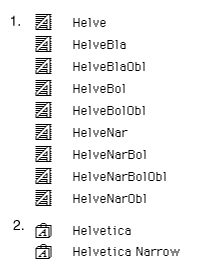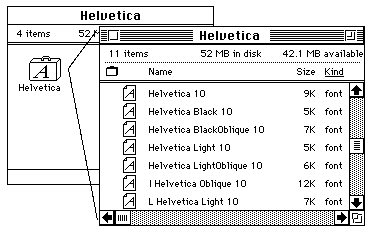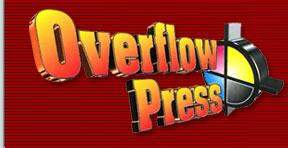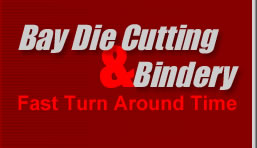



|
PostScript fonts are the
native format for imaging to any PostScript
output device such as laser printers,
PostScript color printers, and imagesetters.
PostScript fonts are
outlines--object-oriented vector
graphics--that can be scaled to any size,
and still remain sharp and smooth on any
platform, or output device. They were
developed by Adobe. Through licensing, most
professional fonts are sold in the
PostScript format by a multitude of type
houses.
TrueType fonts are scaleable and generally
look good on the screen, but they are not
based on the PostScript language. Thus, when
printing TrueType fonts to a PostScript
printer the font must be converted to a
PostScript outline by the printer driver
software on the fly--the quality of the
resulting output depends on the quality of
the conversion, with different results at
different resolutions.
The TrueType format was developed and
marketed by Apple and Microsoft as their
native font format to provide economical
fonts for home and office use.
Gathering fonts to bring to your printer
There are two parts to a PostScript font; it
is important to gather both parts.
1. The printer or outline font (shown
at left) is what the output device reads in
order to draw each letter. It is important
to include all the necessary printer fonts
that are used in your document. Be sure to
include the bold, italic, condensed, etc.
versions of each font family. Each font
manufacturer uses a different icon. Adobe's
outline fonts are shown at the left.
2. The screen or bitmap font, which
is displayed on your screen, normally
resides in a "suitcase" (a suitcase can be
opened like a folder). Individual screen
fonts of the same family (regular, bold,
italic, etc.) should be kept in the same
suitcase, but fonts of different families
(condensed, narrow, compressed, etc.) should
be in their own suitcases. Keeping your
fonts together in their own separate
suitcases (rather than all in one big
suitcase) will make it easier to stay
organized and reduce problems with your
computer.
Example of individual screen fonts inside
suitcases (you need a minimum of one size
per outline font used):

Unlike PostScript fonts, TrueType fonts
consist of a single file per font. These
files can exist as a single file or inside a
suitcase. We do not recommended using
TrueType fonts for critical graphic
applications.
Finding Font Files -- Mac
The Macintosh operating system, and many
graphics applications that install fonts
automatically place them in the FONTS folder
within the SYSTEM Folder. Up to about 100
fonts can be open at a time. All fonts in
the SYSTEM / FONTS folder are active and
available for use. If you have a basic Mac
installation and have done nothing to move
your fonts, that's where you'll find them.
If you have a font management program such
as ATM, Suitcase, Master Juggler, or Font
Reserve, you've probably moved them into
more organized folders and know where they
are. If not, use
FIND... (Sherlock on G4s)
Finding Font Files -- PC
TrueType fonts are the native fonts used by
Windows. They are automatically installed in
WINDOWS/SYSTEM/FONTS. Windows users MUST
have Adobe Type Manager (ATM) to install and
use PostScript fonts.
The basic ATM, available at low cost, or as
a part of many graphics programs, installs
the PostScript fonts and their screen
display bitmap files. The default setting
for ATM is to create a folder at the root
level called "psfonts". As ATM installs
fonts, they are placed in this folder. The
two PostScript font components are:
Font Metric (Outline) *.pfm
Font Bitmap (Screen Font) *.pfb
The *.pfb's are stored in the psfonts
folder, while the corresponding *.pfm's are
placed in a subfolder psfonts/pfm. You must
have both parts that match for the font to
operate successfully.
With basic ATM, all installed PostScript
fonts in your system are active at all
times.
Users with hundreds or thousands of fonts
will require Adobe ATM Deluxe to organize
and manage all their fonts. ATM Deluxe
allows you to organize fonts in multiple
directories, and to create sets of fonts
which you can activate or deactivate as
needed. This keeps your system from having
to deal with the hundreds or thousands of
fonts not required at a given time. That
makes the system happier.
Also, ATM and ATM Deluxe help you identify
the actual file names and location of the
fonts that you've used in a given job so you
can send them along with that job for output
and printing. Due to its DOS roots, PC fonts
are identified by an 8 character (or less)
name. Figuring out which is which can be an
impossible task. ATM lets you select fonts,
open them, display a sample of what they
look like on the screen and identify the
exact font file name. For example, A(dobe)
Garamond Bold, Italic is gdbi_.pfm and
gdbi_.pfb.
Return to the top
|


